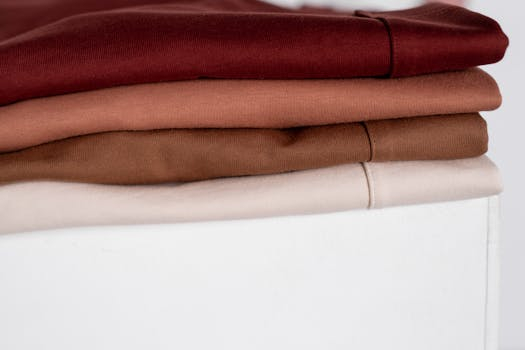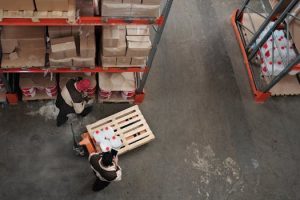Fashion Transparency: Tracking Your Garment from Farm to Closet
Welcome to the world of fast fashion, where trends are constantly changing and new styles are always on the rise. We often see glamorous advertisements showcasing the latest clothing collections, but have you ever stopped to think about where your clothes come from? In the era of fast fashion, transparency in the fashion industry has become a hot topic. Consumers want to know more about the supply chain of their garments and the impact their clothing choices have on the environment and people. In this article, we will delve into the concept of fashion transparency and how tracking your garment from farm to closet can bring positive change to the fashion industry.
The Rise of Fashion Transparency
As consumers become more conscious about their purchasing habits, they are demanding more transparency from the companies they buy from. The fashion industry, known for its lack of transparency, has been facing increasing pressure from consumers and activists to reveal the journey of their garments. The rise of social media and the internet has made it easier for consumers to access information and spread awareness about the issues in the fashion industry.
What is Fashion Transparency?
Fashion transparency refers to the disclosure of information about a garment’s supply chain – from the sourcing of raw materials to the manufacturing process and the final product. It involves providing details about the working conditions of factory workers, the use of sustainable materials, and the impact on the environment. Transparency allows consumers to make informed choices and holds companies accountable for their actions.
The Benefits of Fashion Transparency
1. Sustainable Practices
Transparency enables companies to adopt sustainable and ethical practices. By disclosing information about their supply chain, brands can show their commitment to reducing their environmental footprint and promoting fair labor practices. This gives consumers the power to choose brands that align with their values and encourages companies to make positive changes.
2. Better Working Conditions
Transparency also sheds light on the working conditions of factory workers. With access to this information, consumers can support brands that provide fair wages and safe working conditions for their workers. This can also lead to improved working conditions as companies face pressure to improve their practices.
3. Reducing Waste
In addition to ethical and sustainable practices, transparency can also help reduce waste in the fashion industry. By disclosing their manufacturing processes, companies can be held accountable for the waste they produce and take steps towards reducing it. This can include using recycled materials, implementing recycling programs, and reducing overproduction.
The Role of Technology in Fashion Transparency
The fashion industry is notorious for its complex and opaque supply chain, making it difficult for consumers to know the journey of their clothing. However, with advancements in technology, fashion transparency has become more achievable. Blockchain technology, for example, can be used to track the entire supply chain of a garment, from the farm where the raw materials are sourced to the store where it is sold. This enables consumers to verify the authenticity of the product and the ethical and sustainable practices of the brand.
Tracking Your Garment from Farm to Closet
So, how can you track your garment from farm to closet? The easiest way for consumers to access information about their clothing is through labels and certifications. Look for labels like Fair Trade, Organic, or B Corporation, which assure that the garment has been produced ethically and sustainably.
Another way is by using apps that provide information about a brand’s sustainability and social responsibility practices. Good on You, for example, rates brands based on their impact on people, the planet, and animals. This makes it easier for consumers to make conscious choices and support brands that align with their values.
The Future of Transparency in Fashion
While there has been a rise in fashion transparency in recent years, there is still a long way to go. The fashion industry needs to work towards creating a more sustainable and ethical supply chain and providing transparency at every step. This can be achieved through collaboration between brands, governments, and consumers.
Conclusion
Fashion transparency is no longer just a trend, it is a necessity. As consumers, we have the power to demand transparency and hold companies accountable for their actions. By tracking our garments from farm to closet, we can promote ethical and sustainable practices in the fashion industry and create a positive impact on the environment and society. Remember, every purchase we make has an impact, so let’s make it a positive one.










